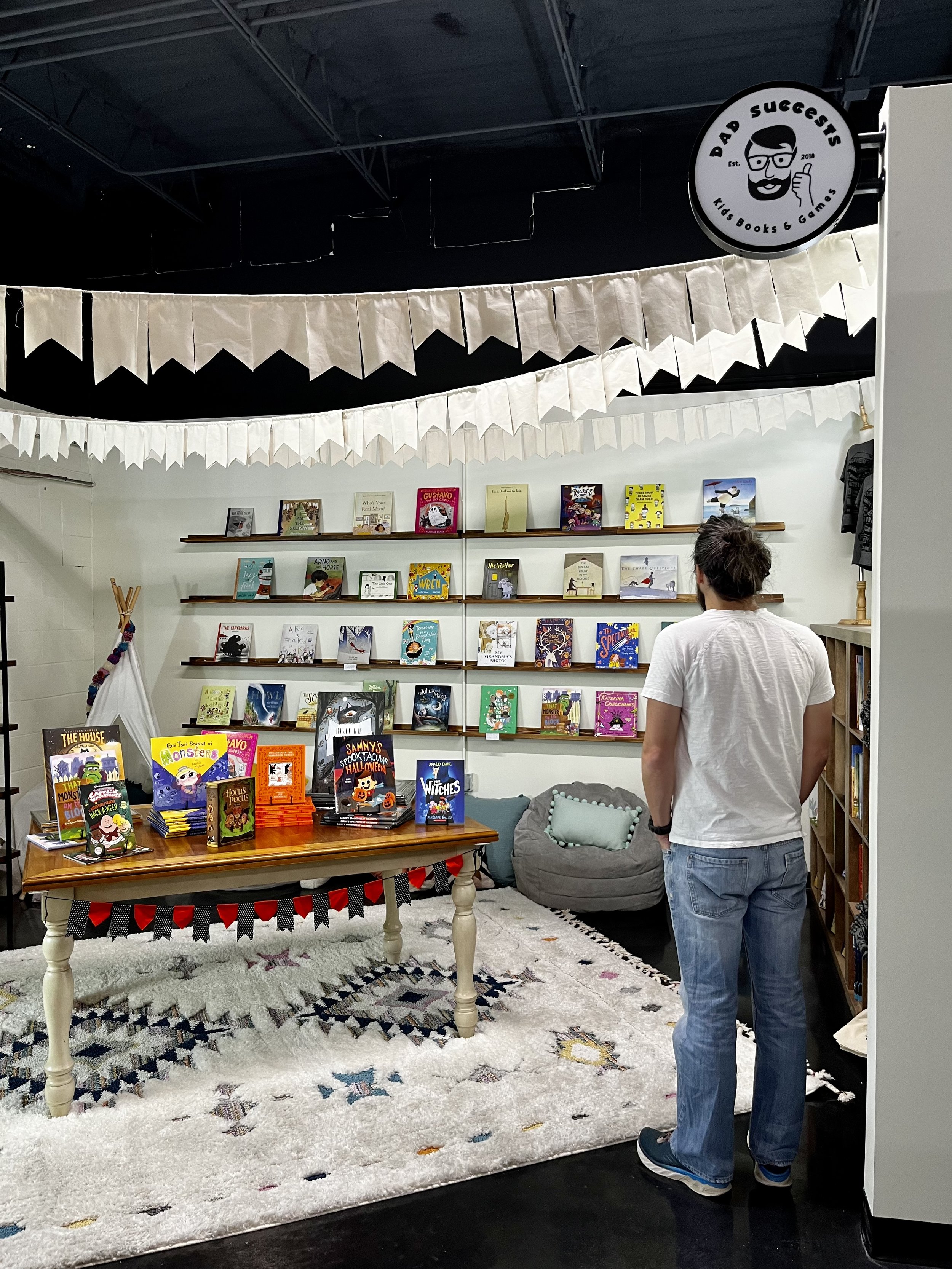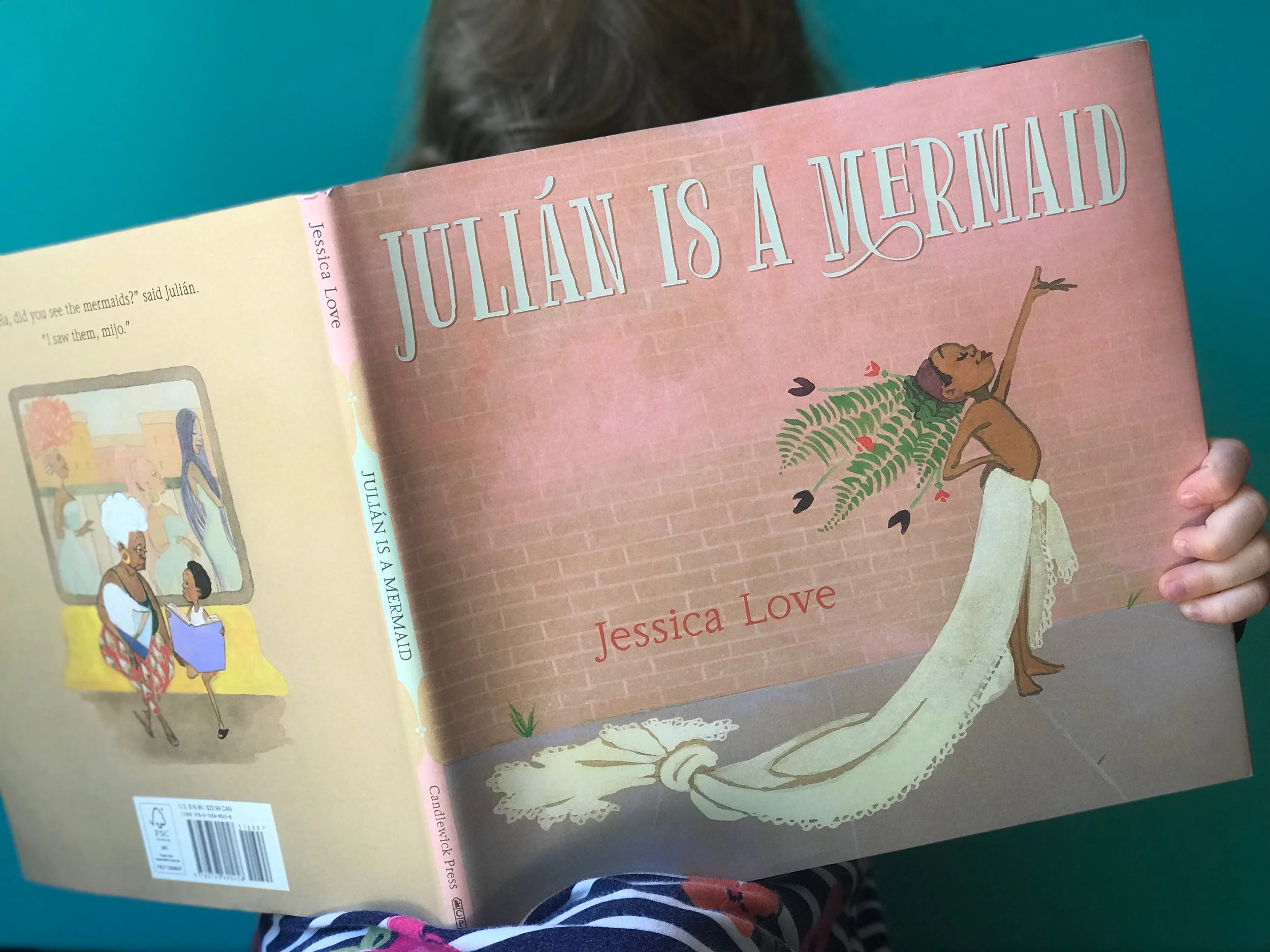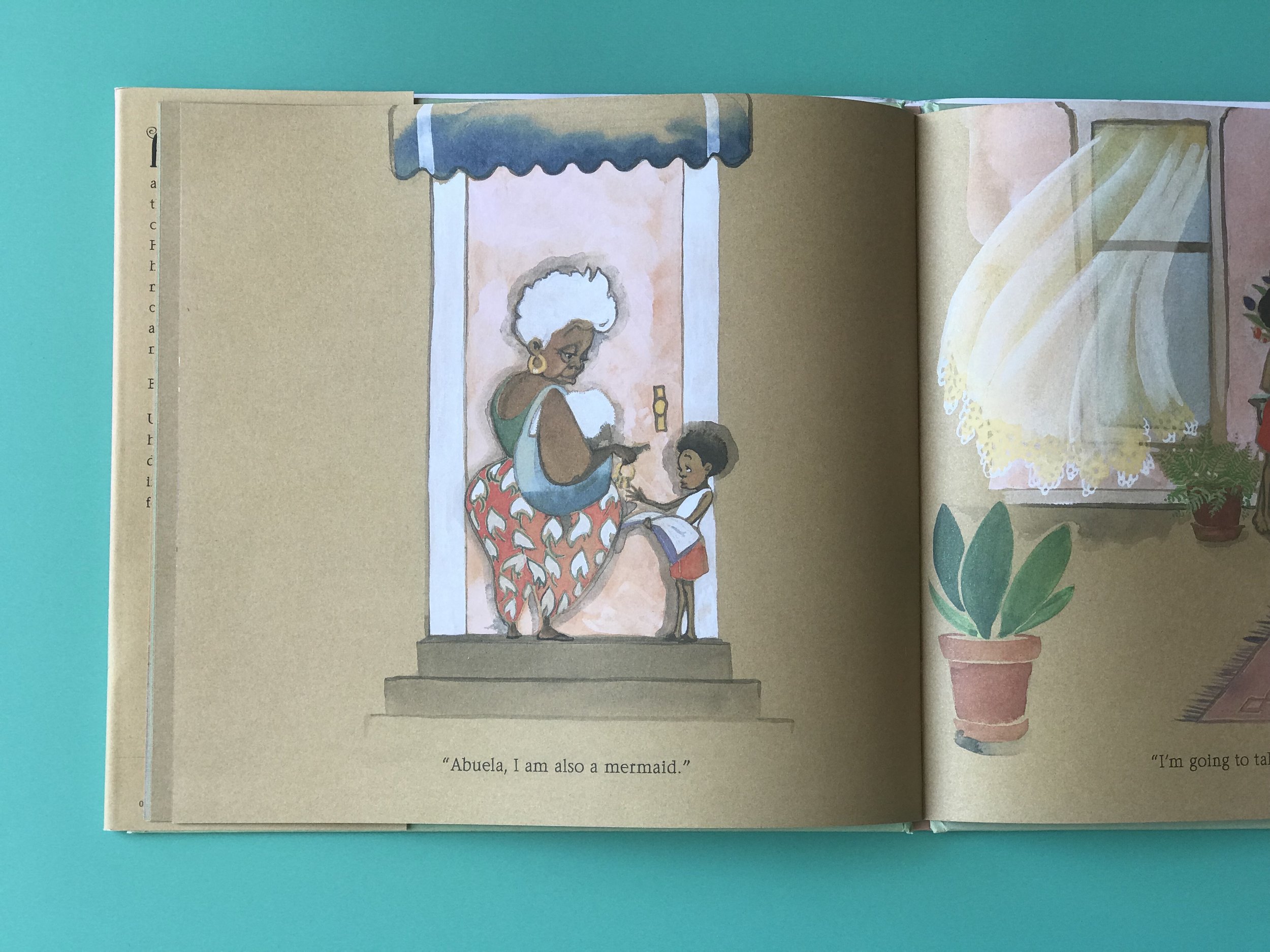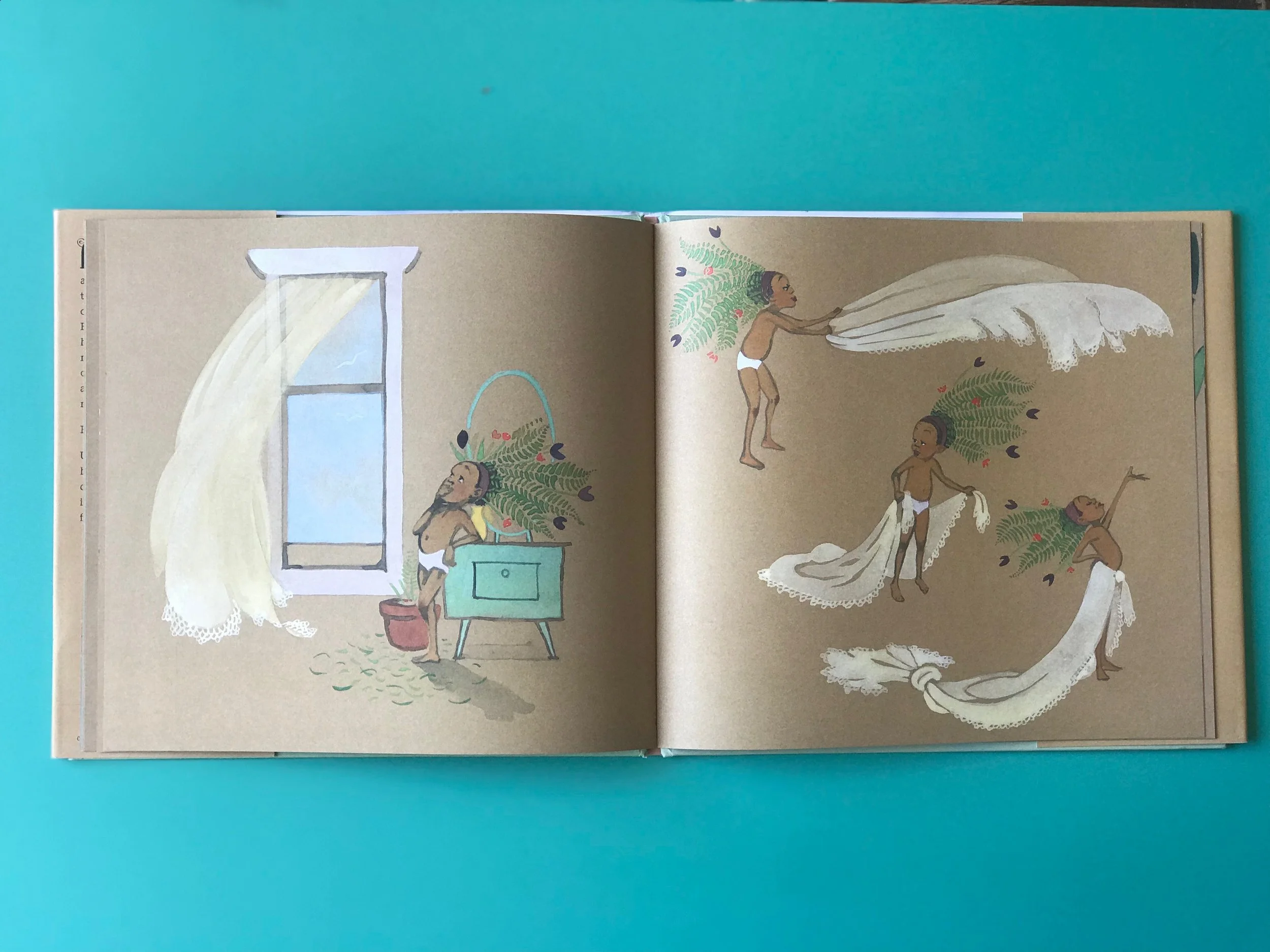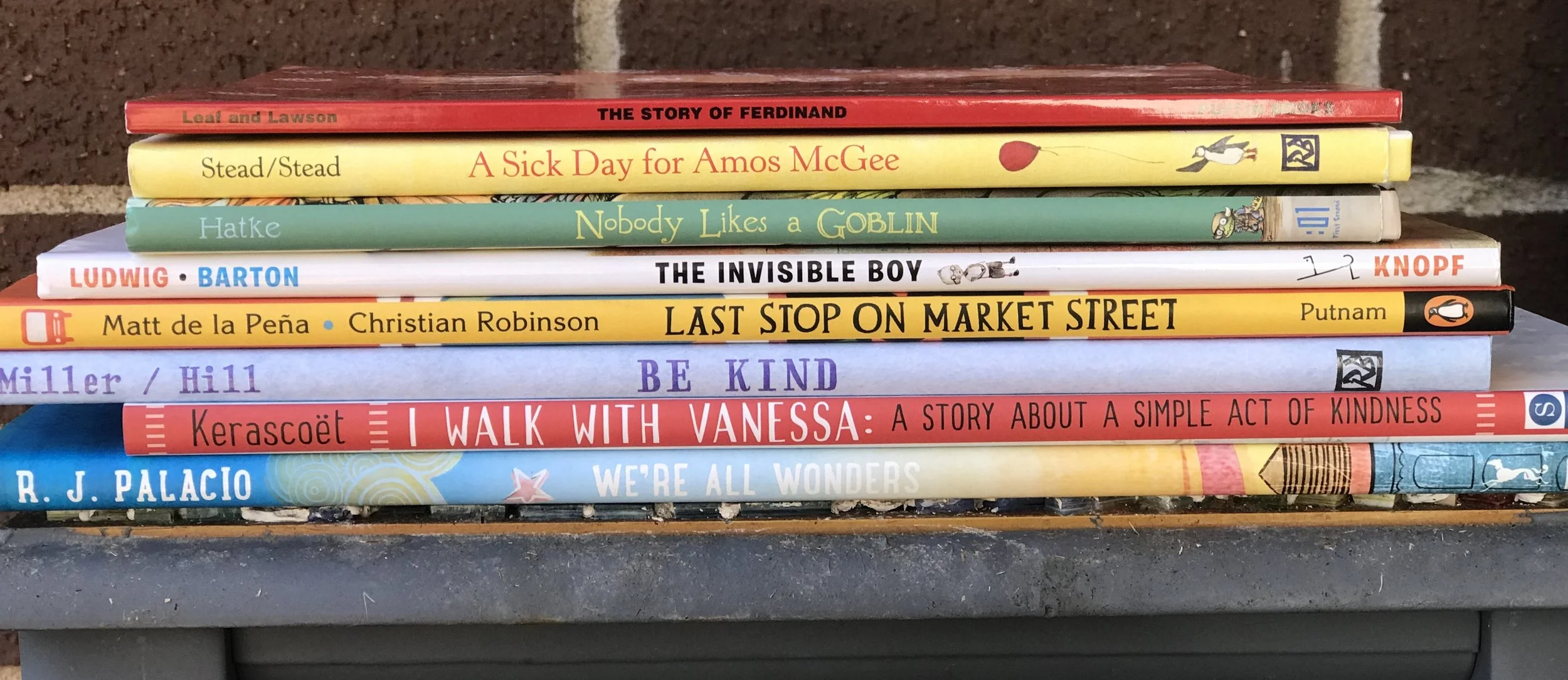Teach Your Kids to Be Themselves With Julián Is a Mermaid
Kids are building their understanding of the world every day. And they’re heavily influenced by absolutely everything around them - the books they read, the shows the watch, and, most importantly, the actions and thoughts of their friends and loved ones. As parents we have the amazing opportunity to control the quality of the art we introduce to our kids - and we have the great responsibility of being constantly mindful of our actions.
That influence is both an amazing thing, and a very scary thing. If you’ve ever spent a significant amount of time around other people’s kids, it’s enough to keep you up at night imagining your own kids reaching the age when society-at-large and friends hold a bigger sway on their opinions than you do. Sometimes it feels like a race against the inevitable. You only get a certain amount of time to help craft your child’s priority list - and to help them build an understanding of the world that is filled with love.
Unfortunately, there are certain negative lessons that society continues to insist on teaching our kids - despite our best efforts. Just as an example, children still learn very quickly that some colors are for boys and some colors are for girls. Left unchecked, this very quickly devolves into thoughts like “boys are supposed to act a certain way” and “girls are supposed to act a certain way”. Normal is good, not normal is bad. In my opinion, this absurd line of thinking is the root cause of the bullying epidemic among children that is showing no signs of slowing down anytime soon.
I never want my kids to think being different is inherently bad. It’s an incredibly dangerous and toxic worldview that becomes deep-rooted in so many people from a young age. I want them to avoid that fate - not only for the sake of others, but for their own self-esteem as well. I want my kids to like whatever colors they want to like, to grow their hair as long as they want, and to wear the clothes they want to wear. In other words, I want them to be themselves.
Let’s say there is a young boy somewhere in the world who likes the color pink. If a TV show or a friend convinces that boy that pink is for girls, he’s very likely to disavow pink for good - even if the color still brought him happiness. It’s highly likely he’ll also learn that boys are supposed to be tough, and that they shouldn’t cry. And the next time something sad happens he’ll try to hold back his tears. But what is he really learning? What’s really going on? All he’s learning is that his feelings are “wrong”, and that must mean there’s something “wrong” with him as well.
The good news is that there is a very effective antidote to these terribly toxic gender norms. A child with strong empathy for others and a massive amount of self-esteem will be immune from the dangerous effects of a closed-minded and bigoted worldview. And our favorite way to pass those qualities on to our kids is through art.
Picture books in particular are so engaging - when they touch upon serious topics it’s very natural for kids to take the lessons at face value and absorb them as truth. Of course this would work the opposite way if someone wrote a book titled Boys Are Supposed to Like Blue and Not Cry, which is where our job comes in. It’s so important to surround our kids with art that inspires their creativity, builds their confidence, and nurtures their empathy.
Julián Is a Mermaid is a new picture book by Jessica Love that does just that. It’s simply the ultimate champion of being yourself. I’ve never read a book that teaches children to be themselves as well as this one. It also flies directly in the face of the arbitrary gender norms our kids might have already been exposed to - and turns the focus instead onto a display of unconditional love that will build up the confidence of all kids who read it.
Julián and his abuela are on their way home from the swimming pool when they see three women dressed as mermaids. Julián is inspired. He loves mermaids. More than that - he confidently points out he is a mermaid. In fact, he’s so inspired that he puts together his very own mermaid costume when they get home. When Abuela is out of the room, he gathers together items from around the house - a houseplant, a window curtain - and turns himself into a mermaid.
After Abuela sees Julián dressed as a mermaid, she just stands there with an ambiguously gruff face, says “oh!”, and walks away. Julián is left completely in the dark for a moment, because the climax of the story is what Abuela is going to think about all of this mermaid stuff.
The next page is absolutely brilliant. Julián is so vulnerable in that moment. Jessica Love draws three heart-wrenching pictures of Julián beginning to doubt himself. Was he doing something wrong? He crosses his arms over his body, he examines his long, curtain tail, and he looks questioningly at himself in the mirror. He’s clearly standing right on that precipice and he could fall one of two ways. It all depends on what Abuela decides to do next.
Julián Is a Mermaid does a wonderful job of showing just how important our actions and reactions are as parents. I think our children are constantly looking to us to help them understand the world around them - and to validate their feelings. There are thousands of crossroads in life, particularly while growing up, and loved ones have a gigantic influence on which path children take. And, for what it’s worth, I think it’s our moral obligation to always steer them towards the path of true happiness.
Julián, as he stands confused for a moment looking at himself in the mirror, seems to have come to just such a crossroad in his life. The good news is, Julián is one of the lucky ones. If he wasn’t so lucky, his abuela might have yelled at him for ruining the plant and her curtain. She might have told him boys aren’t supposed to dress like that. In fact, that’s probably still the most likely reaction in our world, as depressing as that may be.
In that case, I imagine Julián would have been absolutely crushed. You might as well smash his sense of wonder with a rock. He would have felt utter confusion as he tried to understand the arbitrary nonsense of the phrase “boys aren’t supposed to dress like that”. He would have felt sadness and perhaps even guilt, because someone he loves has told him his feelings are wrong.
But, like I said, Julián is one of the lucky ones. His abuela doesn’t yell at him. As readers we are definitely supposed to be nervous when she walks away, but she doesn’t scold him. She returns with a beautiful necklace to complete his costume. And in that moment, Julián feels the validation of unconditional love. And that’s something every child deserves to feel.
Then Jessica Love gives us the most beautiful picture of Julián - absolutely glowing and beaming up at Abuela with love in his eyes. I know the look well. It can be elusive, but it’s my job to do everything I can to coax it out of my kids. There isn’t a better feeling in the world than when they feel so overwhelmed by love that I earn a look like that from my own children.
You can find Julian is a Mermaid on Amazon, or shop local through IndieBound.
Have you read Julián Is a Mermaid yet? What did your family think? How do you teach your kids to be themselves? Let us know in the comments!
